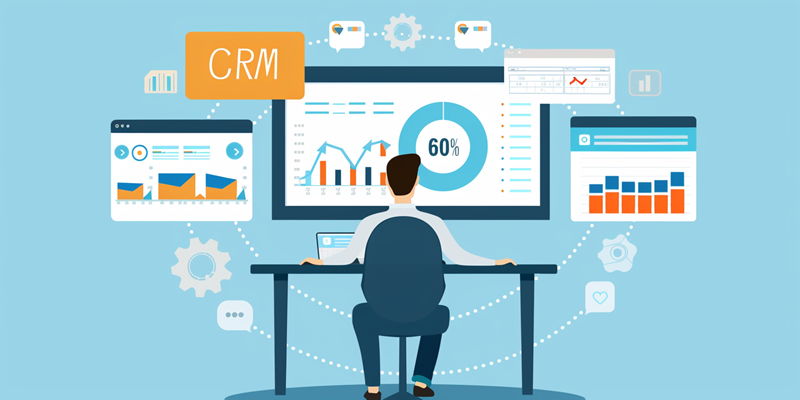In the rapidly evolving business landscape, Customer Relationship Management (CRM) systems are pivotal for managing interactions with potential and current customers. Yet, efficiency in CRM systems hinges not just on the software itself but on how seamlessly it integrates into daily operations. By automating data entry and emphasizing user-friendly design, organizations can ensure their CRM works for them, enhancing productivity and accelerating growth.
Prioritize User-Friendliness to Foster Adoption
To encourage adoption, a CRM must be intuitive and complement existing workflows. A user-friendly CRM amplifies productivity by minimizing the learning curve and streamlining daily tasks. This approach ensures that team members can focus on driving deals forward, rather than navigating complex software. Adopting a CRM that automates routine processes not only saves time but also allows for consistency in data collection—vital for accurate reporting and forecasting.
Automation should not disrupt established practices but should enhance them instead. By simplifying the user experience, businesses can benefit from higher engagement with the CRM. Salespeople can concentrate on what they excel at – building relationships and closing deals – with the confidence that the data they need is at their fingertips and up to date.
Leverage Integrations and Proactive Data Extensions
A centralized database enriched with integrations can significantly enhance CRM efficacy. Integrating various data sources, such as emails, marketing analytics tools, and external databases, means having a more detailed and actionable customer profile. When the CRM can proactively surface this data, sales teams are empowered with timely insights that can influence their strategy and pitch.
Extensions play a critical role by providing relevant data exactly when it’s needed, sometimes even before a salesperson recognizes the requirement. This level of proactive intelligence can be a game-changer, enabling sales teams to respond to opportunities with the right context and information, leading to informed decision-making and more successful outcomes.
Maintain Data Uniformity with Established Guidelines
Despite advances in automation, some level of manual data entry may persist. To maintain consistency and reduce errors, it’s essential to establish clear guidelines. Structure data entry with dropdown menus and predefined options wherever possible to limit inconsistencies and inaccuracies.
These standard operating procedures help maintain a CRM that is not only reliable but also lends itself to better analysis and strategic decision-making. Consistency in data entry means that reports and forecasts are built on a solid and reliable base of data, enhancing the confidence of sales teams and leadership in the insights they derive from their CRM.
Conduct Regular Training Sessions to Ensure Consistency
Ongoing training sessions are critical to ensuring that users are up-to-date with the latest CRM features and best practices. Regular training encourages consistent use of the system and helps to mitigate the risk of data entry errors or improper use of the CRM’s functionalities.
Furthermore, continuous education supports the correct application of automated features and integrations, ensuring that the full range of CRM capabilities is being utilized effectively. A well-trained team that understands the inner workings of the CRM is better equipped to input, manage, and analyze customer data effectively, maximizing the system’s potential for the benefit of the business.

